The use of Artificial Intelligence (AI) is almost inevitable in today's world. You can find its applications in various industries.
Along with this technology, Large Language Models (LLMs) are also gaining popularity. They are widely sought after for tasks related to translation.
Also, in business, you cannot operate knowing only a single language. As you expand and branch out globally, the need for effective translation also arises.
Consider, you are on a trip to Spain without knowing the Spanish language. In such cases, reading a simple signboard will also be difficult.
You can take the help of a traditional machine translation system, but its accuracy can be questioned at times, and such translations will make the language more difficult to understand.
This is where large language models (LLMs) come into the picture. So, let us find out more about LLMs, check out which is the best LLM for translation, and how it can help your business.
What are Large Language Models?
LLMs are a type of artificial intelligence program that is trained using large datasets and can identify and generate texts. These models use deep learning methods to learn the way characters, words, and sentences function together.
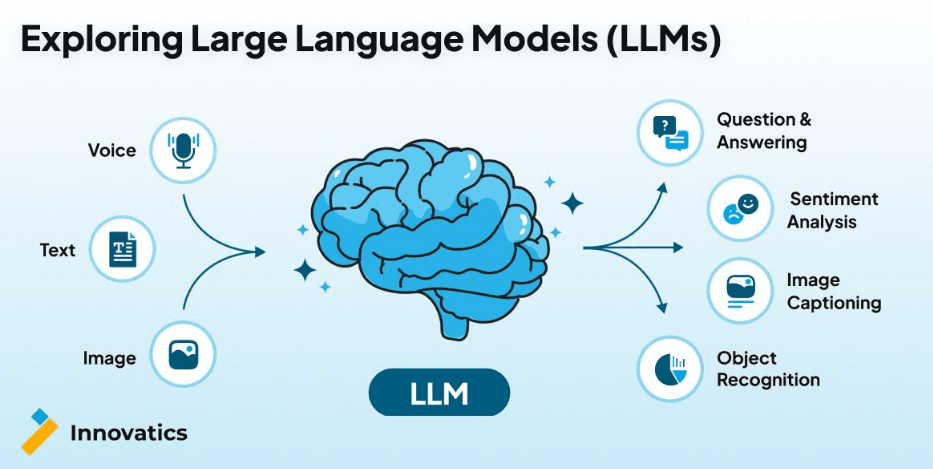
LLMs are further trained to respond to prompts so that they generate the desired outputs like understanding the context of the questions and providing relevant responses, or translating text from one language to another.
GPT-4 and DeepL are some good examples of the best LLM for translation. Additionally, you can consider BotPenguin, which integrates LLMs to offer multilingual support, helping businesses translate customer inquiries efficiently.
Exploring How LLMs are Transforming Businesses
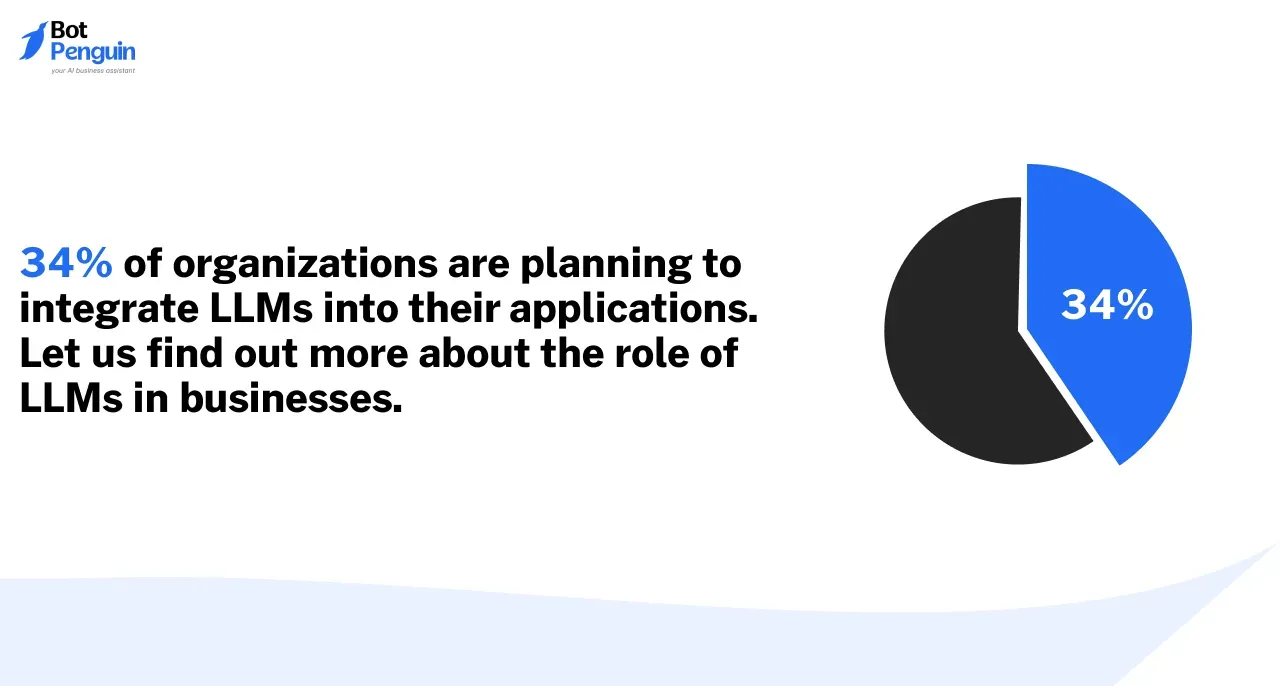
large language models (LLMs) are undoubtedly proving to be advantageous to organizations by improving their operations and accelerating innovations.
According to a survey, 34% of organizations are planning to integrate LLMs into their applications. Let us find out more about the role of LLMs in businesses.
Increased Productivity
LLMs can automate tasks like document analysis, content generation, customer support, etc, that previously required manual intervention. This can reduce the manual workload and free up resources to focus on other important tasks.
Hence, you can increase productivity, optimize your process, and also reduce errors.
Personalized Experiences
LLMs can understand and generate human-like text with which businesses can provide personalized experiences to their customers.
The experiences can range from customized product recommendations to tailored content to conversational chatbots.
Hence, businesses can connect with customers deeply which will increase their satisfaction and confidence in your products or services. They might prioritize your brand over others when the need arises.
Innovative Product Development
You can use LLMs to generate fresh ideas, develop innovative concepts, and improve product designs effectively in your business.
They can also help you in market research, forecasting trends, and competitor analysis.
This allows you to stay one step ahead of your competitors and also innovate or fine-tune products according to the market demands.
Improved Performance Metrics
LLMs can analyze huge amounts of data and help you understand where your business stands in terms of operation and performance metrics.
They evaluate customer feedback, identify anomalies in transactions, monitor supply chain changes, etc.
All these can allow you to take the necessary measures to improve your business and make it more successful.
Hence, by incorporating LLMs, businesses can not only enhance their productivity but also meet the changing needs of the market.
Key Factors to Consider When Choosing the Best LLM for Translation
When selecting the best LLM for translation, you should not only consider its performance but also the other key factors.
Your purpose for using this LLM can be anything from developing a chatbot to automating the documentation process to building an innovative multimodal platform, but considering the factors below can help you choose the ideal solution for your business.
Performance and Accuracy
An LLM model is considered to be at its best when it delivers accurate and meaningful outputs. You can look for performance metrics like perplexity or F1 scores to measure the performance of the model.
As for accuracy, you can check if the model can handle complex queries, or understand the technical terms related to a specific field. It should also be able to adapt to different writing styles.
For example, BotPenguin offers multilingual chatbot capabilities, allowing businesses to communicate with customers in their native language. They can engage effectively with global audiences, providing accurate and meaningful responses tailored to diverse customer needs.
Cost and Scalability
When you choose the best LLM for translation for your business, it should not only meet your technical needs but also fulfill your budget and flexibility requirements.
If you feel paid LLM models ask for high licensing costs, you can check with open-source options that can reduce costs on the initial expenses.
As for scalability, you can check if the model can manage varying workloads while also maintaining effective performance. You should also forecast future scalability requirements to have long-term growth and flexibility.
Consider using the best LLM for translation to localize your e-commerce website.
In such cases, the model should be able to handle the translation of product descriptions and reviews for the items in your catalog ensuring they remain accurate and efficient, even as your inventory expands and your business scales to serve a global audience.
Customization and Fine-Tuning

You cannot use the same LLM model for everything. Fine-tuning is definitely required to meet your requirements and to provide relevant solutions. There are some best LLM for translation models that offer you this option.
As for customization, you can check how much you can tailor the model to fulfill your business requirements and match your brand's tone.
For example, in global content creation, you can fine-tune the best LLM for translation to handle specific terminology, nuances, and cultural contexts relevant to your target audience.
This ensures that your translated content is not only accurate but also appeals to the intended readers, enhancing engagement and clarity.
Integration with Existing Systems
While choosing the best LLM for translation, you have to ensure that it can integrate seamlessly with your existing Customer Relationship Management (CRM), ERP tools, and processes.
This will prevent or minimize disruption and boost your ROI. You can also check if the model is compatible with your APIs, frameworks, or platforms.
BotPenguin allows seamless integrations with existing systems and APIs enabling businesses to connect the chatbot with their CRM tools. This integration allows for the accurate translation of customer interactions and product details.
Robustness
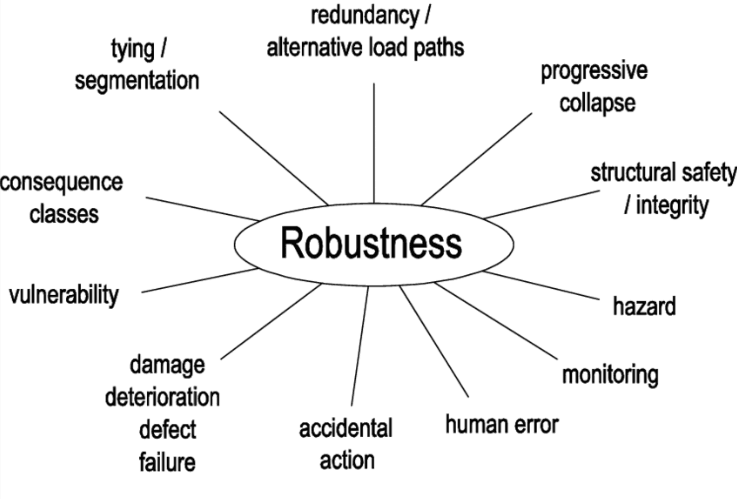
You have to check the robustness of your LLM model to know how it handles unpredictable situations or untrained data. This is necessary to ensure that the model is reliable in real-life applications.
You can also consider other factors like its ability to adapt to changing language trends or user behavior.
When using the best LLM for translation to create multilingual customer tools, it should be able to handle scenarios like poorly phrased or ambiguous customer queries.
The model should accurately translate and interpret the context and provide relevant responses ensuring seamless communication across different languages.
Compliance and Ethics
Though the best LLM for translation provides various benefits and makes processes efficient, compliance and ethics should never be ignored. You should ensure LLM models abide by privacy laws when encountering sensitive data.
You can also check if the models are transparent enough so that the reason for their decisions can be understood and evaluated. This will increase the trust when using such AI-powered models.
When businesses consider these factors, they can select the best LLM for translation that aligns with their long-term goals and delivers effective performance.
Best LLM for Language Translation
Choosing the best LLM for translation requires understanding the strengths and weaknesses of various tools.
Different options excel in different areas, from language support to integration capabilities. Below, we explore the leading LLM-based translation solutions to help you make an informed choice.
1. Google Translate
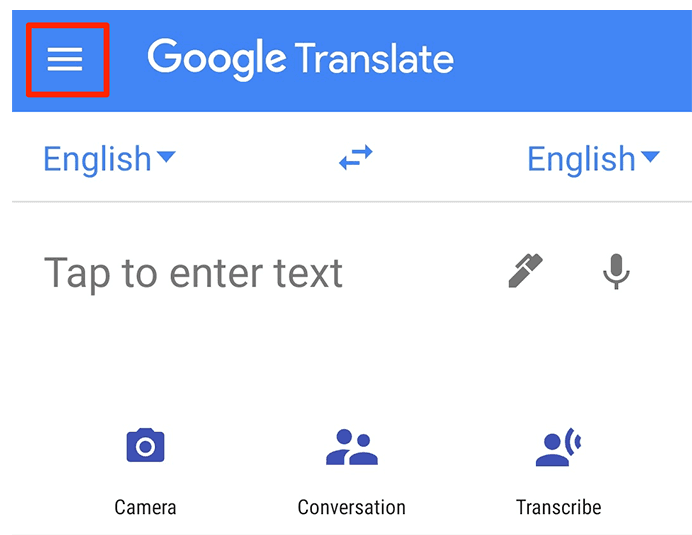
Google Translate uses many language models to provide accurate and fluent translations to users.
Huge datasets of both text and code are used to train these models due to which they can clearly understand the patterns of human language.
So, when you use them for translation, they will provide the right outputs, making it the best LLM for language translation.
Strengths
Google Translate allows you to translate texts at a great speed. You can integrate the translation tools into your Chrome browser or even Android devices and translate website content globally.
When your Chrome browser encounters a foreign language website, a pop-up will provide automatic translations of more than 100 languages and they are for free.
In businesses, you can use this translator and create an initial draft of the translation. It can then be reviewed by a professional translator for any edits. This will help you save time and also the translation costs.
Weaknesses
Though Google Translate is an excellent option, it still has to improve in certain areas. And, understanding industry terminology is one such area.
When you use this translator in medical fields, you have to be more careful and review the translated output, as inaccurate translation can lead to undesired consequences.
Another area where Google Translate can deceive you is when translating slang and idioms, subtle details, and syntax. Improper translation of all these can greatly affect your brand's tone and image.
2. DeepL
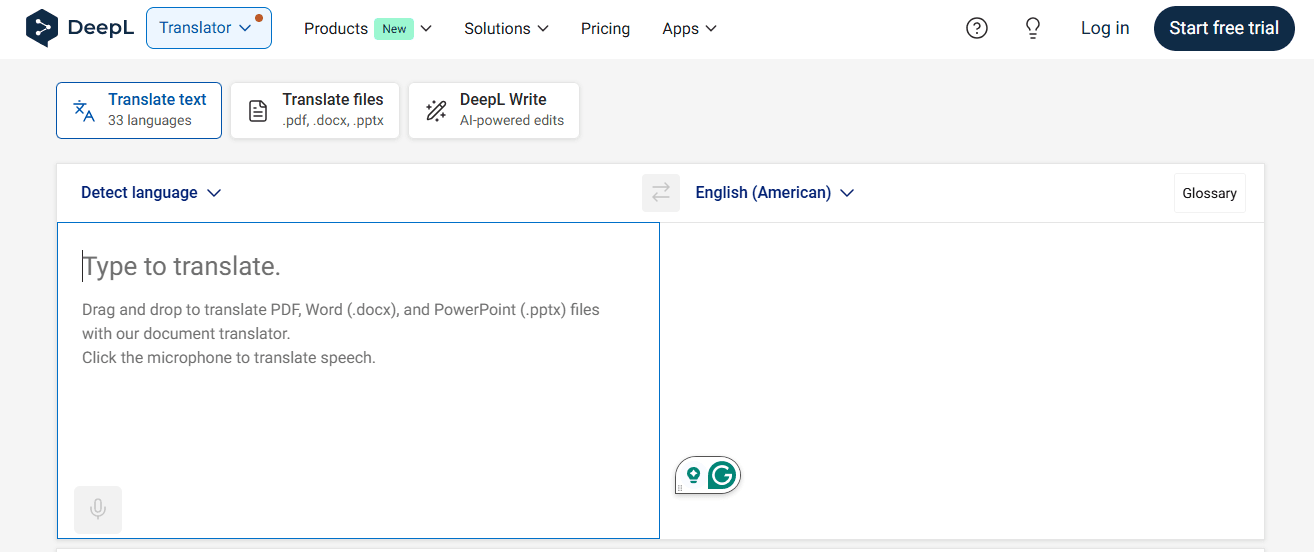
Another best LLM for translation is DeepL, which focuses on delivering high-quality translations across multiple languages.
It has a user-friendly interface which helps you to translate text without much effort. Its text-to-speech feature allows you to listen to translations, making you familiar with the pronunciation of foreign languages.
Strengths
DeepL provides good productivity as it allows teamwork. Multiple users can work on and edit translations simultaneously with this tool.
It allows for easy integration with other tools which helps to optimize your process and increase efficiency.
Weaknesses
Its language support is narrower compared to other tools like Google Translate.
Also, if you want to use its advanced features, or require unlimited use of this tool, you have to opt for a paid subscription which everyone might not prefer.
3. ChatGPT
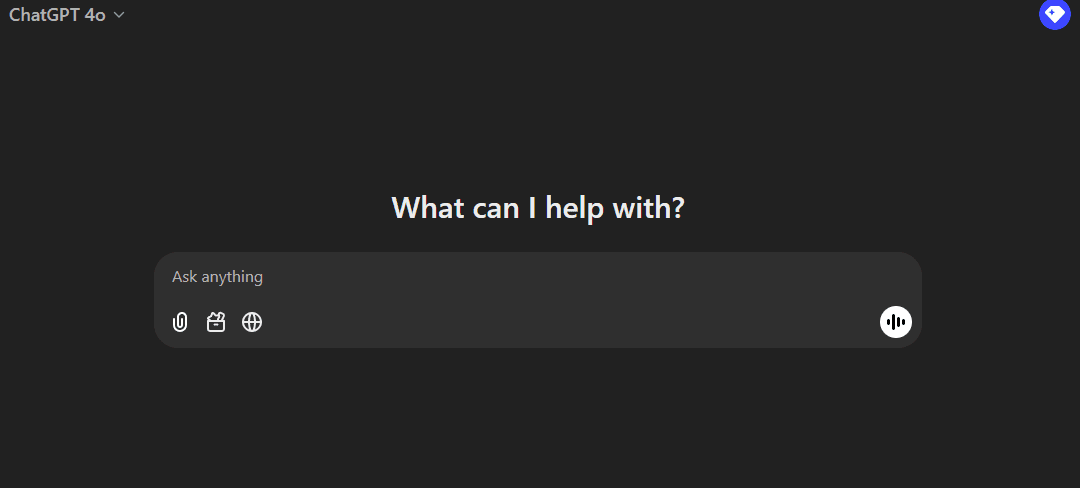
ChatGPT stands out for its contextual awareness and flexibility, making it the best LLM for translation.
It excels in creative and complex translations, offering human-like fluency and adaptability across various languages and contexts.
This feature is particularly useful when powering a chatbot for SaaS. It ensures that the chatbot can accurately translate customer queries and provide relevant responses, thereby improving the user experience.
Strengths
ChatGPT offers easy accessibility. It goes beyond simple word-for-word translations, preserving tone, style, and intent.
This tool is highly adaptable, making it one of the best LLM models for translation when working on creative or complex text.
Weaknesses
While powerful, this model may require additional training for optimal performance in specialized fields or less common languages.
This adds a layer of complexity for users without technical expertise.
4. Amazon Translate
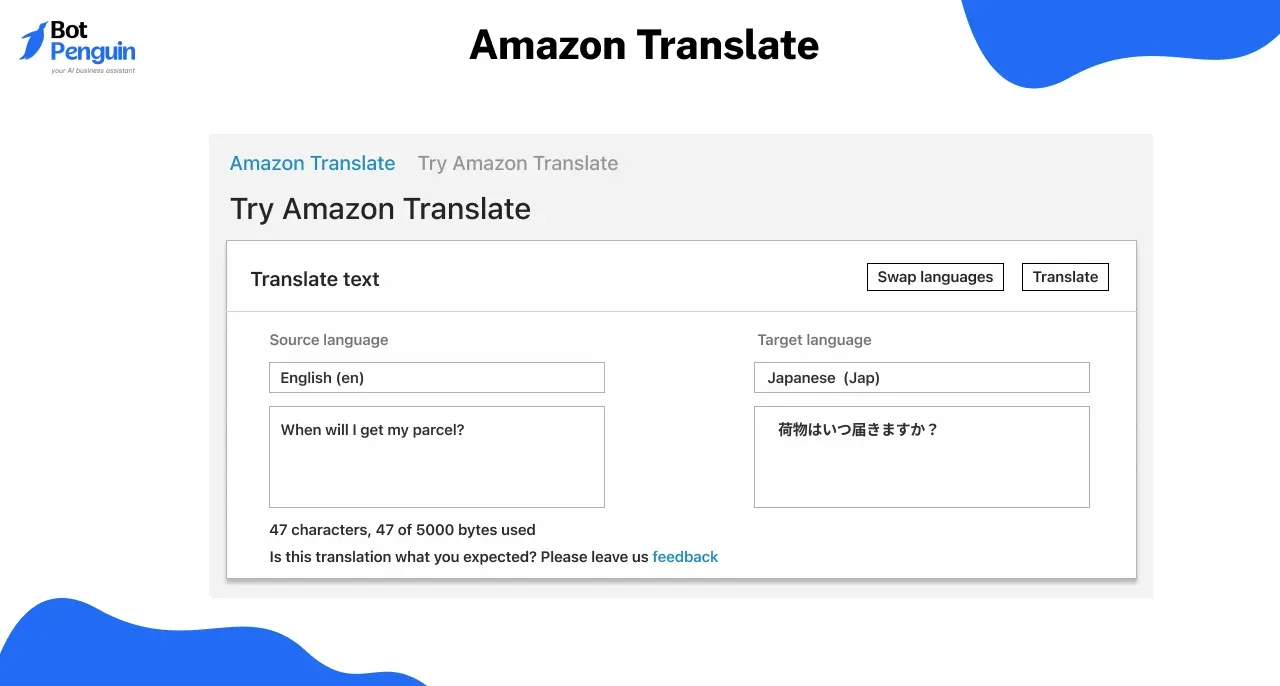
Amazon Translate uses AWS infrastructure to deliver scalable and reliable enterprise-grade translation services making it stand out as the best LLM for translation.
It supports more than 71 languages and 4,790 language combinations. When you provide a source text as input to this tool, you don't have to choose the language of the source, as it can automatically detect it.
Strengths
Amazon Translate offers enterprise-grade translation services, seamlessly integrating with other AWS services.
It is scalable, reliable, and tailored for business use, making it an excellent choice for companies already invested in the AWS ecosystem. It is especially suitable for large-scale projects requiring robust infrastructure.
Weaknesses
You can use this tool only with an AWS account. So, customers who don't prefer other AWS services may not pay attention to this tool, resulting in them choosing other translation services.
Also, its pricing model and focus on enterprise customers can alienate smaller businesses and individual users.
5. Microsoft Azure Translator
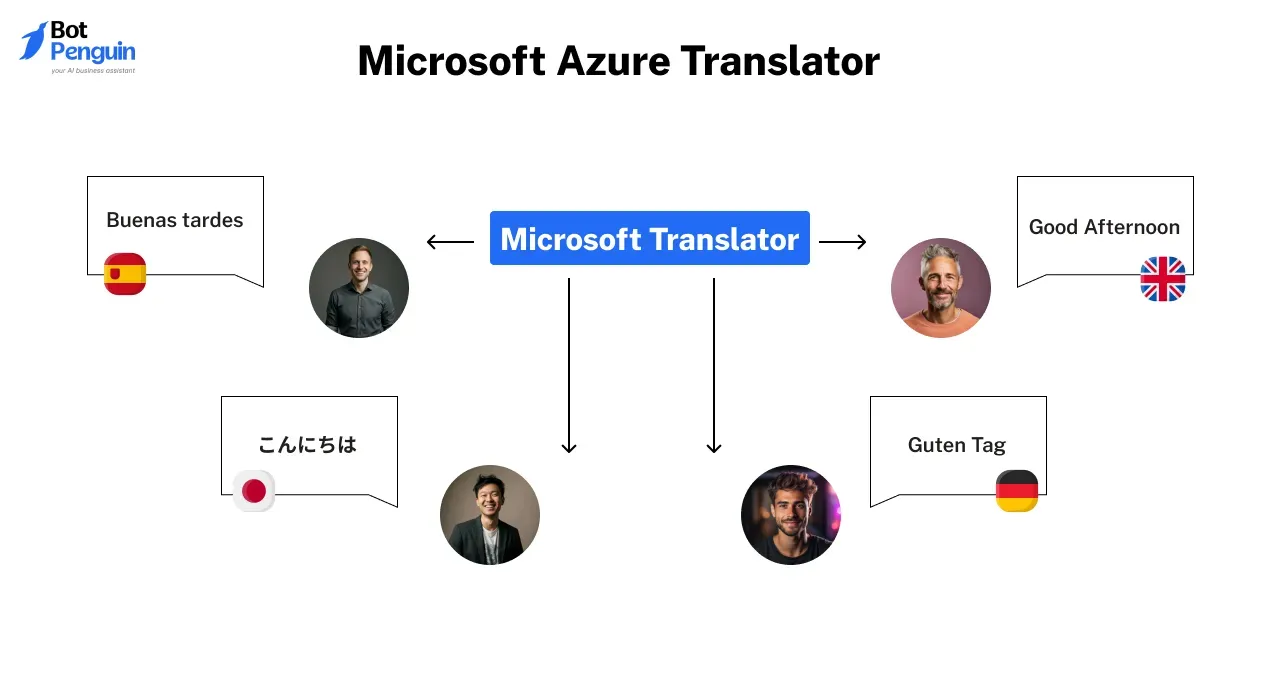
Microsoft Azure Translator integrates deeply with Microsoft’s ecosystem, making it an excellent choice for organizations already using tools like Office 365.
It combines strong performance with extensive customization options.
Strengths
Microsoft Azure Translator supports accurate translation of texts in more than 100 languages. It also offers flexible pricing options.
You pay for the number of characters you translate, and there are no upfront costs, thereby making it the best LLM for translation.
Weaknesses
Its setup and management can be complex for non-technical users. Those unfamiliar with Azure’s ecosystem may find it difficult to navigate and fully use its capabilities.
6. Other Best LLM for Translation Options (e.g., Baidu, Yandex)
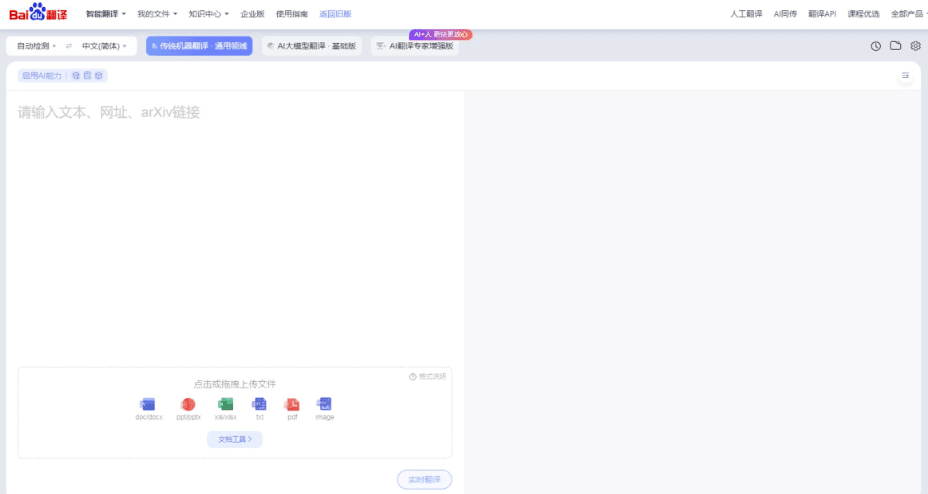
Emerging platforms like Baidu and Yandex are the other best LLM for translation options and can cater to region-specific needs.
Baidu excels in Chinese-language translations, while Yandex is preferred for Russian. These platforms add value when local expertise is required but may not meet global project demands.
Strengths
Baidu and Yandex cater to specific regional needs. Baidu is highly effective for Chinese translation, providing culturally relevant results.
Yandex excels with Russian language translations and has features optimized for Cyrillic text. These tools can be invaluable for users operating within these specific linguistic ecosystems.
Weaknesses
Their focus on specific regions limits their appeal to global audiences. Additionally, their privacy and data handling policies may raise concerns, especially for businesses handling sensitive information.
They may lack the sophistication or versatility of leading global tools like Google Translate or DeepL.
By analyzing the strengths and limitations of each tool, businesses can choose the best one to enhance their communication and bridge the language barriers effectively.
Use Cases and Examples of Best LLM for Translation
Understanding how the best LLM for translation is applied in practical scenarios shows its versatility across industries. From resolving customer queries to creating multilingual content, these tools simplify communication.
Below, we explore specific use cases, including how chatbot for SaaS uses translation capabilities to enhance user experience.
Businesses: Translating Customer Support Queries
Businesses serving global markets rely on the best LLM for language translation to handle customer support queries in multiple languages.
Many multinational companies resort to LLMs to translate various texts like emails, and reports. This ensures effective communication between global teams.
Also, a chatbot for SaaS powered by tools like OpenAI GPT or Google Translate API can instantly translate and respond to customers in their preferred language.
This approach not only saves time but also improves user satisfaction by offering seamless, multilingual support.
Academics: Research Paper Translations
Academics often face challenges when accessing or sharing research across languages. This is where the best LLM for translation can greatly help.
It excels in translating research papers while maintaining technical precision and clarity. This allows researchers to collaborate globally and stay informed about advancements without linguistic hurdles.
Some of the best LLM for translation can also be used in educational institutions like schools and universities to translate course materials, research papers, and case studies into various languages. This can be very useful for international students.
Developers: Adding Multilingual Support to Apps and Chatbots
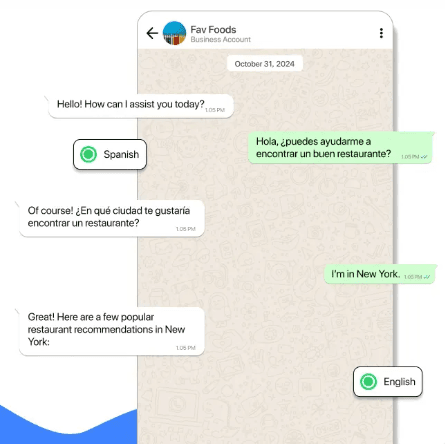
Developers integrate the best open-source LLM for translation or proprietary APIs into applications to enable multilingual functionality.
For instance, apps like language learning platforms or travel assistants often include translation features powered by LLMs.
Similarly, chatbots can be enhanced with multilingual capabilities, ensuring users worldwide can interact naturally in their own language.
For example, BotPenguin, a chatbot platform, provides robust multilingual support, enabling businesses to connect with customers worldwide in their native language seamlessly.
By using AI-powered LLMs and translation abilities, BotPenguin ensures that customers receive accurate responses in their preferred language, making it an ideal solution for businesses looking to provide efficient customer support.
Content Creators: Generating Subtitles for Videos
Content creators use the best LLM model for translation to generate accurate subtitles for videos in various languages. This expands their audience reach and enhances accessibility.
Tools like Microsoft Azure Translator, recognized as the best LLM for translation, excel at synchronizing subtitles with video content, ensuring an engaging viewer experience.
Retailers: Providing Seamless Customer Support
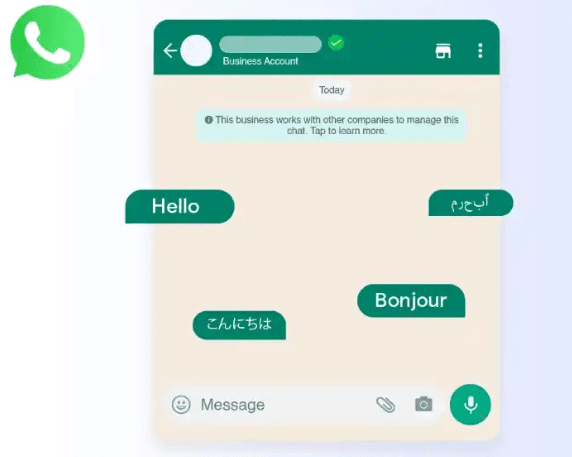
Retail chains use LLM-powered chatbot for SaaS to respond to customer queries, provide product recommendations, and assist in tracking orders.
With the best LLM for translation, this chatbot can seamlessly translate customer queries from various languages and offer relevant answers instantly without making them wait. This helps improve customer satisfaction and increase conversion rates.
These use cases and examples reveal how the best LLM for translation is helping businesses connect and communicate with diverse audiences easily and delivering seamless multilingual experiences.
Future of LLMs in Translation
The best LLM for translation is evolving rapidly, driven by advancements in AI and increasing global connectivity.
Future innovations promise greater accuracy, real-time capabilities, and deeper cultural understanding. However, challenges like bias and technical limitations remain. Here is a closer look at what is next for LLMs in translation.
Multilingual Communication
LLMs can help in translation. But, how about the possibility of simultaneous translation between multiple languages? This is one of the most exciting trends shaping the future of LLMs for language translation.
By using the best LLM for translation, businesses can ensure effective communication with users conversing in different languages.
Improved Cultural Context Understanding
Future LLMs are being trained on datasets with the inclusion of cultural nuances and idiomatic expressions, which will help them improve in these areas.
Currently, the best LLM for translation models often struggle with subtle differences in tone or meaning, especially across complex languages.
By integrating better cultural context awareness, the best LLM model for translation will create outputs that feel truly human and don't miss the essence of the original message.
Domain-Specific LLMs
LLMs can be developed based on domains like medical, legal, or technical fields. This can help the models to excel in translation in these domains.
Also, when an LLM is fine-tuned based on individual preferences, it can provide personalized translations that connect with the target audience, making it the best LLM for translation.
Potential Challenges and Areas for Improvement
Though the best LLM for translation has great potential, it also faces some challenges that need to be addressed. Let us examine a few of them below.
Bias and Fairness
One major challenge is addressing inherent biases in data. Even the best open source LLM for translation can sometimes reflect stereotypes present in training data.
Developers must monitor training data and eliminate biases, if any. This can be achieved by reviewing data constantly and implementing methods to detect biased data.
Scalability and Cost
While LLMs like Amazon Translate and Microsoft Azure Translator are scalable for enterprises, they can be expensive for smaller users.
Balancing scalability with affordability will be crucial in making the best LLM for translation accessible to all. Open-source solutions may bridge this gap but require further development to match proprietary tools.
Capacity Limitations
The best LLM for translation face capacity limitations due to which they cannot translate larger, complex tasks.
Hence, documents have to be split into smaller segments for translation, which can disturb the coherence and context. Expanding the capacity of the LLMs can help overcome this challenge.
The future of LLMs definitely looks promising with their ability to break down language barriers with good accuracy and accessibility, enabling businesses to reach greater heights.
Conclusion
As the world becomes increasingly connected, the need for effective, multilingual communication continues to grow.
The best LLM for translation plays a crucial role in breaking language barriers, whether for businesses, developers, or content creators. From enabling real-time conversations to handling complex cultural contexts, these tools are reshaping how we interact globally.
For businesses looking to integrate translation seamlessly into customer interactions, BotPenguin offers a practical solution.
This no-code AI chatbot maker allows companies to create multilingual chatbots effortlessly. It enables businesses to connect with global audiences, improve customer experience, and bridge language divides, all without complex setups.
Frequently Asked Questions (FAQs)
How can you differentiate LLMs from traditional translation methods?
LLMs mainly depend on deep learning algorithms and huge training datasets when compared to traditional translation methods. With the help of these, they provide relevant and accurate translations.
Can ChatGPT translate accurately?
ChatGPT excels in basic language translation tasks. However, when it comes to translating certain technical or domain-specific jargon, the same translation accuracy cannot be expected.
Which is the best LLM for translation?
DeepL is considered the best LLM for translation due to its high-quality and natural translations, especially for European languages. OpenAI GPT is another excellent choice for contextual accuracy, particularly in complex or creative content.
What is the best open source LLM for translation?
Options for the best open source LLM for translation include OpenNMT or Hugging Face models. They offer flexibility, cost-efficiency, and customizable solutions for developers seeking a tailored translation tool.
Can LLMs handle real-time translations effectively?
Yes, many LLMs, including Google Translate API and OpenAI GPT, support real-time translation. These tools are increasingly used in live chats, meetings, and multilingual applications for instant communication.


